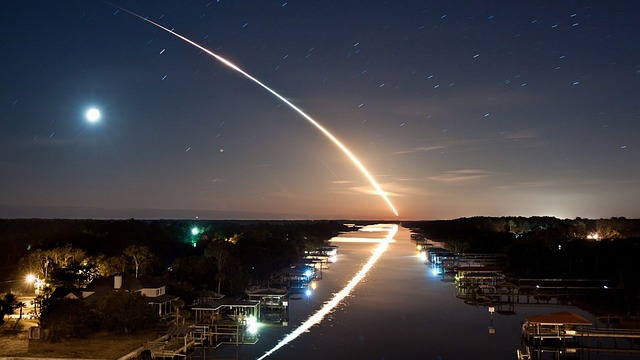Experts confirmed that an asteroid hit Earth last Saturday and caused a powerful explosion over Calgary, Alberta in Canada. Through the fireball that the meteor created, experts were able to determine the size and possible nature of the space rock.
The fireball incident created by the falling meteor happened on February 8 at 5:00 pm in Canada. Although it appeared during the daytime, residents in the area were still able to spot the fireball due to its brightness.
Spotting A Fireball Event

In addition to eyewitness reports, the fireball that streaked across the sky was also captured in multiple videos. One of these was taken using a doorbell camera and was uploaded on YouTube by Calgary resident Tim Weibe.
In the video, which is only three seconds long, a bright flash from the meteor can be seen as it streaked downwards across the sky. The fireball was caused by the meteor as it exploded in the Earth's atmosphere. It indicates that the space rock that hit Earth was large enough to cause a fireball event.
Determining The Size Of The Meteor
Local experts noted that they were able to compile vital information about the meteor based on the videos posted by eyewitnesses. According to Favio Ciceri, a planetary scientist investigating the meteor, the brightness of the fireball event suggests that the space rock may have been about as big as a standard microwave. He estimated that it might have weighed up to 500 kilograms.
"The most unusual thing about this meteor is that it was seen in the daylight. This suggests to us that the fireball was probably relatively big," Ciceri said according to Calgary Herald. "It was probably the size of a microwave when entering the atmosphere, and probably between 100 and 500 kilograms, but we can never be 100 percent sure.
Carbonaceous Chondrite Meteors
Based on the appearance of the fireball, Ciceri noted that the meteor may have been a carbonaceous chondrite. This is a rare and primitive type of meteor that was formed in oxygen-rich regions.
If the meteor really is a carbonaceous chondrite, then recovering its remains would be great for the scientific community since this type of space rock only accounts for a small portion of all recorded meteor falls.









